The gait analyzer is an intelligent device that can accurately record and analyze an athlete's gait characteristics. It is gradually becoming a popular tool for enhancing athletic performance. Whether you're a beginner or a professional, this technology can help you identify potential issues, optimize efficiency, and prevent common sports injuries. With the scientific data support provided by the gait analyzer, you can easily embark on a healthier and more efficient athletic journey.
As part of modern sports science, the gait analyzer not only offers a new way for individual users to monitor their health but has also become an important assistant for sports coaches and medical professionals. It records various data such as foot pressure distribution, stride length, and step frequency. By analyzing these indicators, it provides athletes with comprehensive improvement suggestions.
What is a Gait Analyzer?
A gait analyzer is a high-tech device that integrates pressure sensors, high-speed cameras, and data processing technology. It can capture gait data in real-time during walking or running and display the results in charts or reports. For professional athletes, a gait analyzer can help optimize technical details during competition. For everyday sports enthusiasts, it serves as an effective tool for enhancing safety and efficiency.
The gait analyzer has a wide range of applications. From running and hiking to daily walking, it provides valuable data support. Especially in running training, its detailed analysis of gait can help athletes identify bad habits and correct them, significantly reducing the risk of sports injuries.
How Does a Gait Analyzer Improve Athletic Performance?
Optimizing Stride and RhythmThe gait analyzer can precisely measure stride length and step frequency, both of which directly impact running efficiency. Many runners increase their physical burden by having too long a stride or too low a step frequency. Feedback from the gait analyzer can help find a running rhythm that suits them best.
Improving Exercise EconomyExercise economy refers to the efficiency of completing movements with minimal energy consumption. By using data from the gait analyzer, athletes can identify movements that waste energy and undergo targeted training. For example, adjusting arm swing angles or optimizing center of gravity transfer.
Identifying Potential Injury RisksMany runners have movement risks, such as knee inward collapse or unstable ankles, even without obvious pain. The gait analyzer can detect these issues through foot pressure maps and joint motion trajectories, preventing further injury.
Creating Personalized Training PlansWhether it's strength training, flexibility training, or running technique training, the data from the gait analyzer provides a scientific basis. For instance, uneven foot pressure distribution might require strengthening certain muscles, while gait deviation may need more core training.
How to Use a Gait Analyzer
The operation of a gait analyzer is simple and efficient. Here is a typical usage process:
Initial Setup: Connect the device to a treadmill or gait testing platform and input basic personal information such as age, height, and weight.
Data Collection: The athlete follows instructions and walks or runs for a few minutes. During this time, the device records real-time gait data.
Result Analysis: The system generates a report containing parameters such as step frequency, stride length, pressure distribution, and motion trajectory. Based on the analysis, users receive detailed improvement suggestions.
Personalized Adjustments: The user or coach adjusts training plans or lifestyle habits according to the data in the report to improve gait issues.
Many gait analyzers are also equipped with smartphone apps, allowing users to check their gait improvement progress anytime during training. This convenient and efficient approach greatly enhances the device's usage frequency and practical value.
Multi-Scenario Applications of the Gait Analyzer
The gait analyzer is not only suitable for running training but also plays an important role in other sports and daily activities:
Hiking and Mountaineering: Identifying pressure points on the sole and selecting more suitable hiking shoes.
Ball Sports: Analyzing foot movement flexibility and speed, especially important for basketball and soccer players.
Fitness Training: Helping strength trainers correct movements and avoid injuries caused by incorrect posture.
Rehabilitation Therapy: For patients recovering from sports injuries, the gait analyzer is an important tool for monitoring progress.
Additionally, gait analysis for the elderly and children has become a popular application. For example, the elderly can use the gait analyzer to assess fall risks, while children can detect developmental gait abnormalities and correct them early.
What to Consider When Choosing a Gait Analyzer?
AccuracyIt is crucial to select a gait analyzer that provides high-precision data. Generally, the higher the accuracy of the device's sensors, the more reliable the analysis results.
Ease of UseThe simplicity of the device's operation and whether the software interface is intuitive are also important considerations. Especially for non-professional users, a simple and clear interface is easier to use.
Functionality ExpansionSome high-end gait analyzers support data synchronization with smart wristbands and fitness watches, further enhancing the device's practicality.
Cost-EffectivenessWhile gait analyzers vary greatly in price, users should choose the model that fits their actual needs rather than blindly pursuing expensive devices.
The Future Development of Gait Analyzers
With the continuous advancement of sports technology, the functionality of gait analyzers will become even more intelligent. In the future, these devices may integrate artificial intelligence technologies to provide more accurate suggestions based on real-time data analysis. At the same time, with the popularity of wearable devices, the portability and ease of use of gait analyzers will also improve.
Moreover, gait analyzers may become part of home health management. By connecting with intelligent health platforms, users can monitor their athletic status anytime and even predict health risks in advance.
With its powerful data analysis capabilities and versatile applications, the gait analyzer is gradually changing the way athletes train. It not only helps users optimize performance but also plays a key role in preventing injuries and enhancing health. Whether you're a professional athlete or a casual fitness enthusiast, the gait analyzer can provide scientific support for your athletic journey.
If you want to exercise more safely and efficiently, consider trying a gait analyzer and let this intelligent device become your training companion.

 +86-0755-86131192
+86-0755-86131192 2024-12-10
2024-12-10 Back to list
Back to list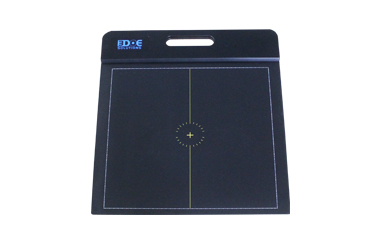
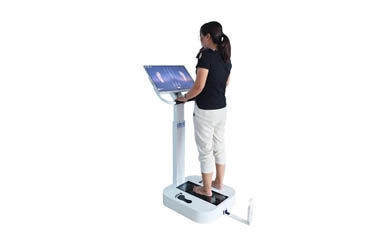
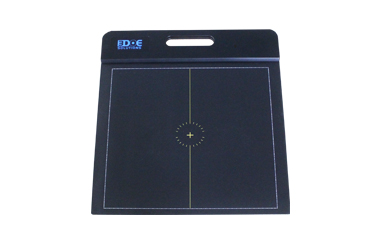
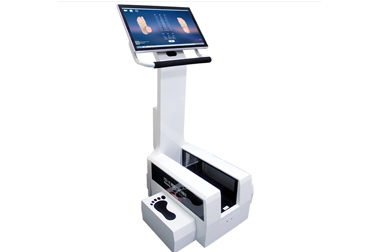
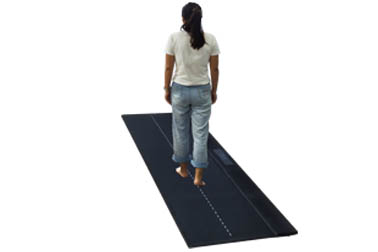
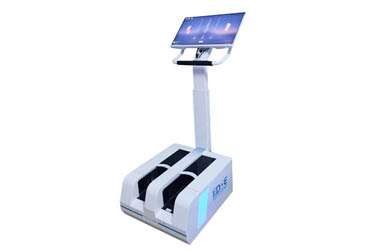



 +86-0755-86131192
+86-0755-86131192